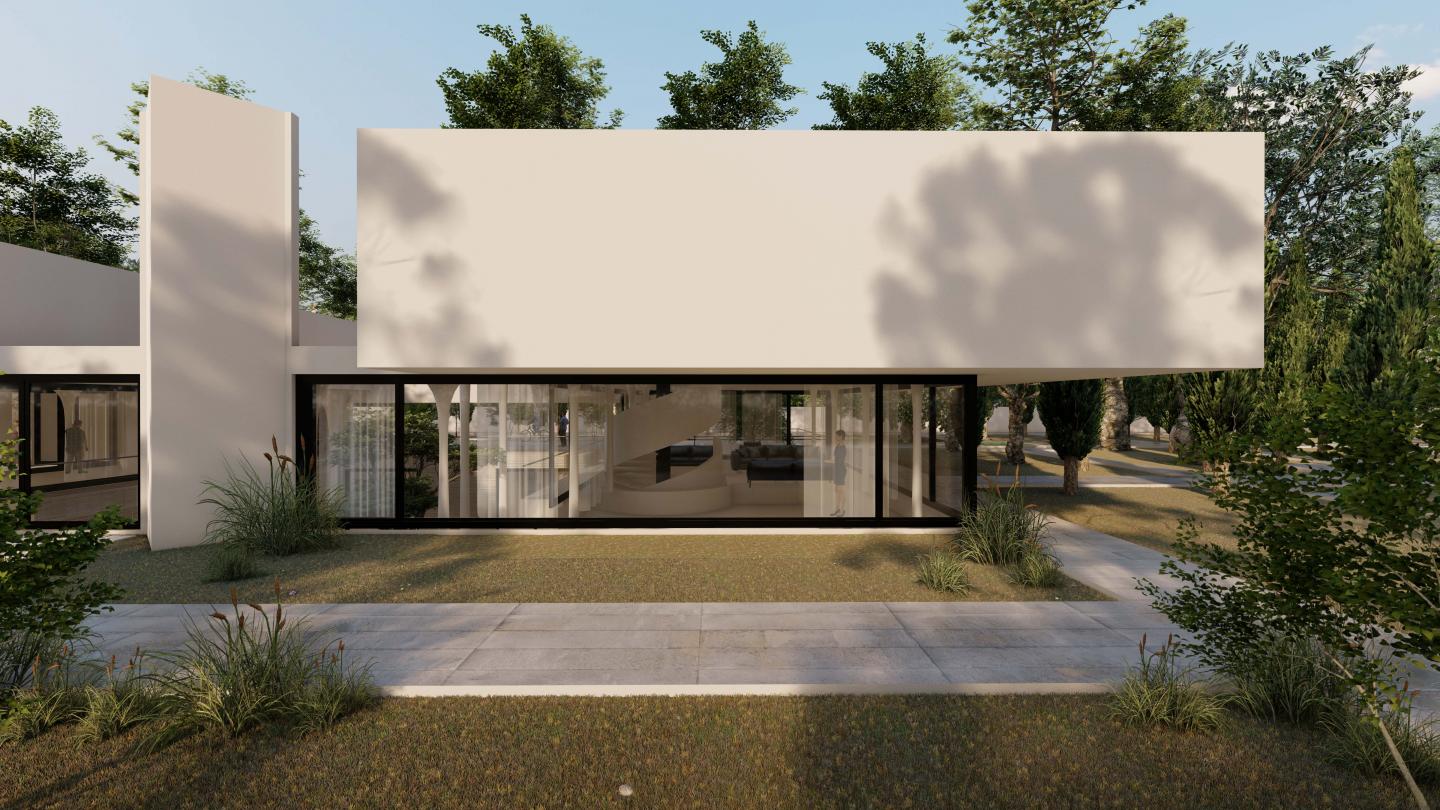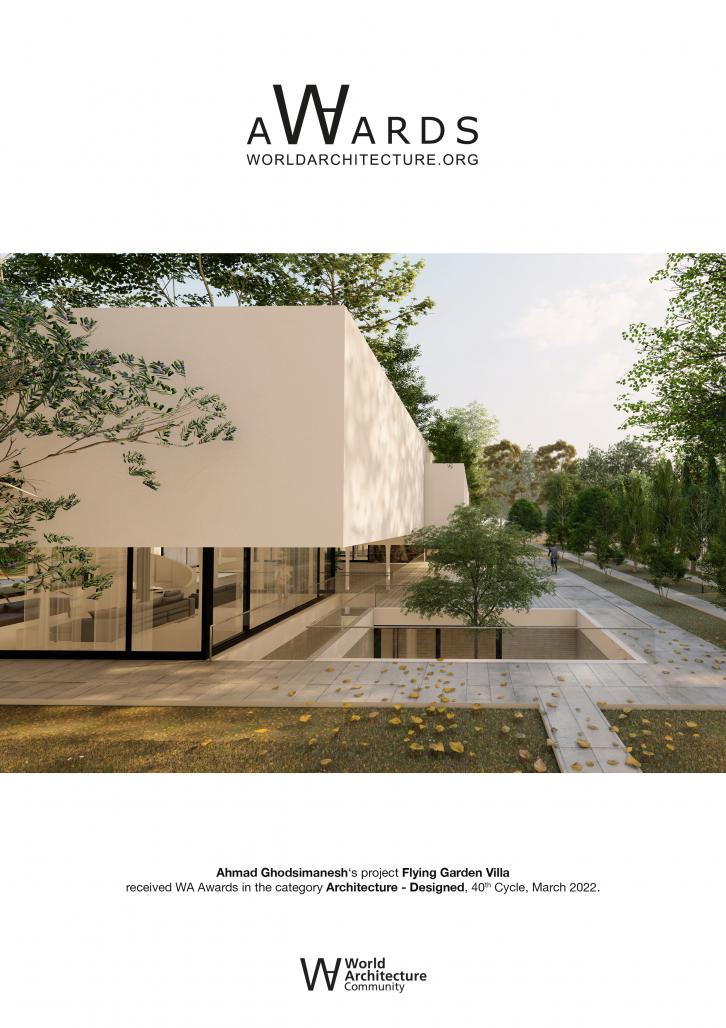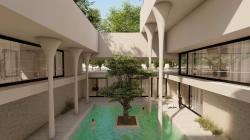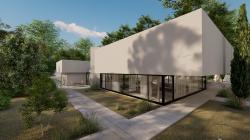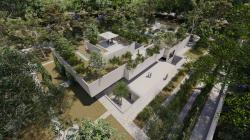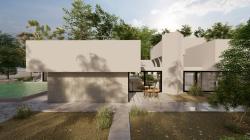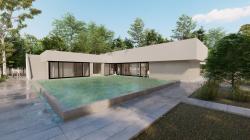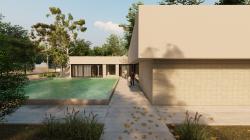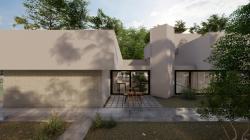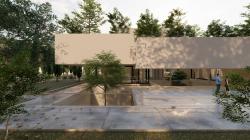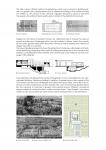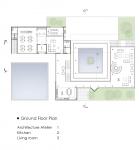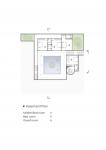As the importance of green areas is clear these days and the term garden in Iran and specially Shiraz that is known as the city of artificial gardens, the alternative is based on the idea of gardening. The most common method of gardening is considered. A garden with crossed streets and an objective building in the middle of these two streets. In 17th century in Iran, this kind of garden became a place to welcome the guests with political mission particularly in Shiraz at the Karimkhan Zand era. He accepted his guests near his governing castle “Bagh-e-Nazar”, that was a complete type of this kind.
Regarding this, people in high social levels imitating this kind of gardening to become a tradition in Shiraz. Out of Shiraz borders lots of this garden type were built; some are “Nari garden, Eram garden, Rashk-e-Behesht garden, Safa garden and so forth”. In 20th century after fastening industrializing in Iran, “La petite bourgeois” shaped. This new comers continued their ancestors to build new gardens but the building in the middle changed to fulfil modern life style. The modern era in shiraz architecture is divided in two periods, The first one, Reza Shah Pahlavi period which is known as the dawn of modern Iran and architects built these kind of gardens building in Art deco style which was the mixture of Iran ancient reviving symbols and the modern, baroque, rococo, as well as modern functions. In Shiraz, there are many examples, but Emtiaz house as an instance is a complete one.
The second one is In Mohammad Reza Shah Pahlavi period, between 1960 and 1979 the curve of economic development experienced a high dramatic jump and new western urban life style shaped. However, the concept of nationality and new modern life style produce a kind of villa houses with a yard in front of the building and a patio or central courtyard in the middle of the building.
After Islamic revolution the need to build a new life style depend on the new road map became a new challenge; particularly due to the economical complex shaped after Iran and Iraq war. New super wealthy people raised new demand for villas as its identity. The deep hollow between wealthy and the poor whose problem is the survival, and seeks a shelter to live.
Depend on the short History of Garden house development through the History the second suggestion tries to answer the need of society and the new problems, which we will confront in future, mainly the warmth of the earth, garden destruction especially in Shiraz as well as finding new method of design assumed as a solution. What comes below is the answer of our team to these challenges.
As what was gone above, this type of the gardening seems to have the potentials of mixing the new villa design regarding other types of building development in the center of the Iran Plateau confronting the harsh weather. The central yard as an instance was the challenge of this attempt. The solution which the architect of 1960s in Shiraz founded as the patio or central yard in the building.
New definition of the building at the center of the garden not as a solid object but as a decentered building and the challenge of adapting that to the tradition of the gardening raised new space idea and interesting challenges as new needs and redefinition of the 21th century life style. Virtual life as an instance and the architectural solution shaped new view toward Shiraz garden leisure life, the meaning of calmness in garden and working spaces. Different conceptual places instead of routine functions, coffee and tea place, “Sara-Pardeh” new place we added to villa and so forth are some of our innovative developments in this suggestion.
2021
occupied area:800 ㎡
Materials:
concrete
White Stone
Brick
Ahmad Ghodsimanesh
Mohsen Natanj
Samane Zare
Maryam Nazemolboka
Mahdieh Sadat Hedayati
Mozhgan Asefi
Zohre Tavakoli
Flying Garden Villa by Ahmad Ghodsimanesh in Iran won the WA Award Cycle 40. Please find below the WA Award poster for this project.
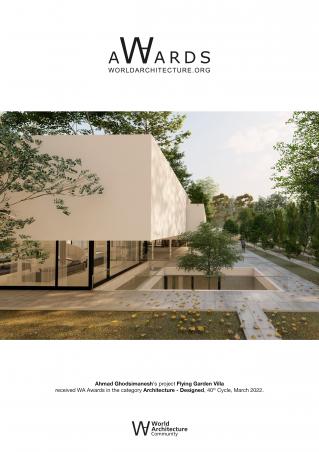
Downloaded 0 times.
